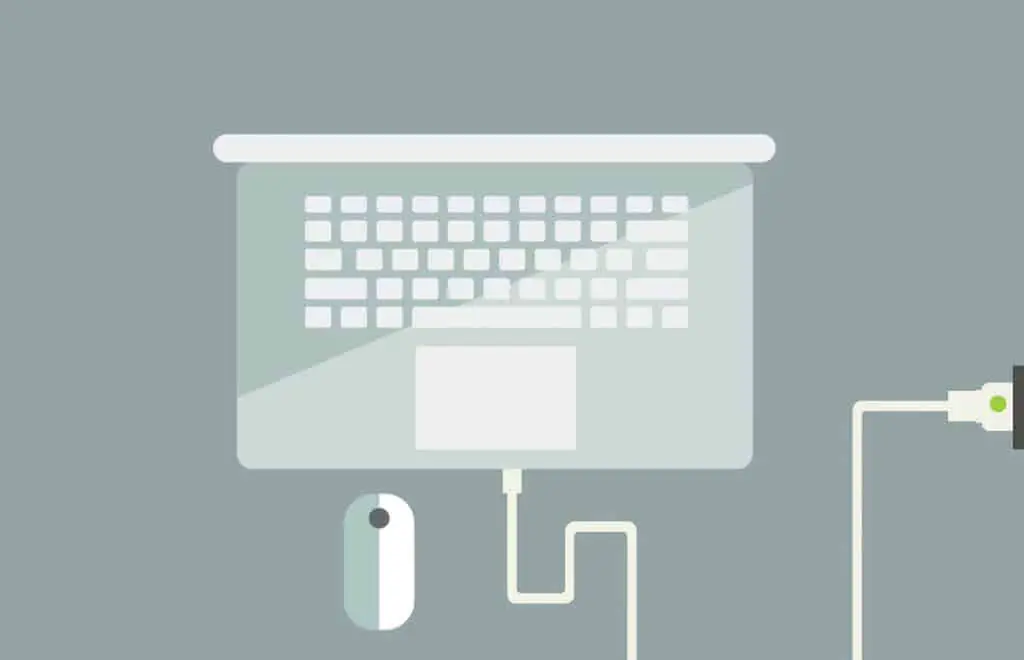Recently, multiple countries have officially announced that flight passengers from all over the world who carry an older generation of 15-inch MacBook Pro laptops from Apple will not be able to board the aircraft.
If passengers are required to fly. they will have to leave their laptops behind.
This announcement specifically targeted the MacBook Pro, which sold primarily between September 2015 to February 2017.
The MacBook Pro banned on flights, resulted from the battery overheating issue inside the laptop itself, posing potential or imminent threats and risks for aircraft as well as all the other passengers on board.
Table of Contents
Faulty Battery
We have all read news about similar issues regarding either battery in laptops or batteries in smartphones, but what is the reason why this kind of issue has somehow become more and more frequent in recent years?
We may need to dig a little deeper about some operating principles of the battery itself to further understand the root cause of this kind of incident.
The battery which has this kind of issue is not just any ordinary battery, it is the lithium-ion battery. As its name suggests, the lithium-ion battery utilizes the movement of lithium-ion to generate electrical current.
During operation, lithium-ions are ionized in a chemical reaction both in the charging and discharging process, and these ions move between the cathode and anode to generate electrical current for the application of devices.
Why Use Lithium-ion Batteries?
Lithium-ion battery possesses the following advantages high energy density, self-discharge, Low maintenance, and no requirement for priming. Where the other rechargeable batteries do not demonstrate the above advantages.
That’s the reason why the lithium-ion battery is extremely suitable for consumer products like smartphones, tablet computers, digital cameras, and other portable electronic devices.

How Does a Lithium-ion Battery Work?
When the chemical reaction insides the battery commences, it will generate heat. If the heat dissipation rate is slower than the heat generation rate, the battery itself will overheat. The excessive heat will increase the chemical reaction.
Therefore, the chemical reaction generates heat, and heat speeds up the chemical reaction, and this repeated process has become a vicious circle.
The excessive heat will also heat up and expand the gas inside the battery. Hence, without the protection of electrical control chips or circuit protection mechanism, the exterior casing of the battery will continuously expand gradually and then potentially result in an explosion.
How to Prevent the Lithium-ion Battery from Exploding?
As mentioned in the above paragraph, there are certain measures implemented by the battery manufacturer to prevent or alleviate the overheating issue.
First, the electrical control chip embedded in the battery itself. With the existence of the electrical control chip, the electrical current is continuously monitored to prevent overcharging, and some of the control chips have a temperature sensor to monitor the internal temperature.
The whole chemical reaction in the battery will cease function if any unusual or abnormal temperature is detected to protect the overall electrical circuit. Moreover, there are functions that exist to further adjust the electrical current during charging.
The electrical current is the largest when at the initial stage of charging and gradually becomes lower, and finally, the lowest to protect the final stage of charging, also known as the trickle charging process.
Second, the protection membrane between cathode and anode. This membrane acts as isolation to cathode and anode to prevent different electrolytes from contacting with each other.
If the membrane is damaged either from poor design or external force, then different electrolytes may be short-circuited, and the explosion is bound to happen.
There was a previous case where the battery manufacturer was asked to develop the thinnest battery to fit in smartphone design, and they utilized a pretty thin membrane to save production cost.
The membrane was too thin to handle the usual normal external force and external pressure, thus causing an explosion on an aircraft. This is a great example demonstrating that the design itself can also be the root cause of the overheating issue.
How to Check to See if Your MacBook Pro is Affected
Apple, the manufacturer of MacBook Pro, has also officially announced a Recall Program to further address the issue and provide potential solutions.
You can enter your MacBook Pro serial number on Apple’s website to help determine if a laptop has the fault. If it does have the fault, follow the instructions to see if you’re eligible for a replacement.
https://support.apple.com/15-inch-macbook-pro-battery-recall

